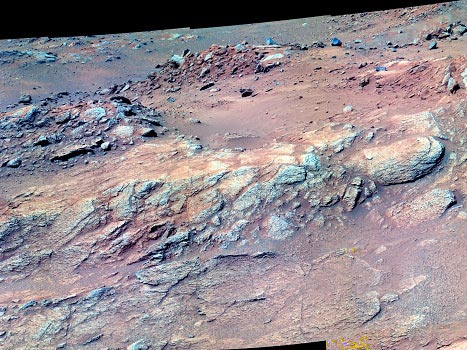

Christa McAuliffe
was a American teacher and astronaut from New Hampshire who died in the explosion of the Space Shuttle Challenger on STS-51-L. She was born Sharon Christa Corrigan in Boston, Massachusetts. McAuliffe was selected to be the first teacher in space on July 19, 1985. She joined the STS-51-L crew as a mission specialist with plans to teach lessons from space. Selected from among more than 11,000 applicants from the education profession for entrance into the astronaut ranks, McAuliffe had been born the oldest child of Edward and Grace Corrigan. Her father was at that time completing his sophomore year at Boston College, but not long thereafter he took a job as an assistant comptroller in a Boston department store and the family moved to the Boston suburb of Framingham. As a
Methuselah in False Color 5/24/05

With the budgets being pressed by inflation at home and the Vietnam war abroad, Congress and the Administration generally couldn't care less about anything as long-term as space exploration and were therefore looking to make further deep cuts to NASAs budget. But with a single long term project on the books, there wasn't much they could do in terms of cutting whole projects -- the shuttle was all that was left, cut that and there would be no US manned space program by 1980.
The result was that the simple DC-3 was clearly out of the picture because it had neither the cargo capacity nor the cross-range the Air Force demanded. In fact all existing designs were far too small, as a 40,000 lbs delivery to polar orbit equates to a 65,000 lbs delivery to a "normal" 28 degree equatorial orbit. In fact any design using simple straight or fold-out wings was not going to meet the cross range requirements, so any future design would require a more complex, heavier delta wing.